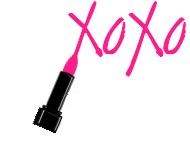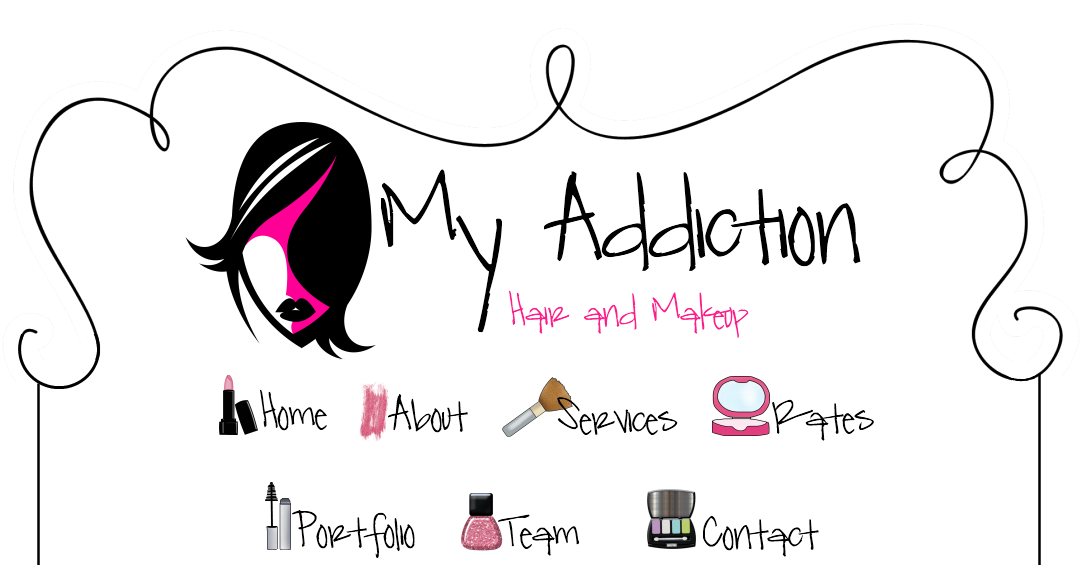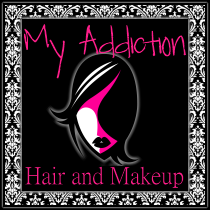Before|After
BEFORE
Our chemical peels are NOT regular facials or regular peels. Our chemical peels are mostly customized to your skin type. They are very strong, even the Light Chemical Peel. They are comparable if not better than the ones you get at the dermatologist office as we adapt them to your skin and you pay a lot less!
We encourage you to read the information on this page for better results.
Prior to any chemical treatment and for best results, it is best to avoid the following one week before the treatment: electrolysis, waxing, any exfoliating products (including loofah and scrubs), any products containing alpha or beta hydroxy acids (ie glycolic, salycilic or similar), Retin-A, Renova, Differin, Tarzorac, and other similar retinoids. Refrain from the following 14 days prior to peel: chemical peel, tanning in a booth or the sun, wax, collagen injections, Botox, microdermabrasion, plastic surgery procedures, and cold sores. All Accutane® users must have discontinued the drug for six full weeks prior to this peel. Also, if you are pregnant or lactating, you cannot have a chemical peel. Best not to be on any antibiotics either, because your skin will be more sensitive.
Questions and Answers About Chemical Peels:
Q. What type of skin is the chemical peel okay for?
A. Our chemical peels are okay for Rosacea, acne, sun damage, fine lines, dry and unevenly pigmented skin. They are okay for white skin, brown skin and black skin (depending on the type we choose).
Q. Why are chemical peels good?
A. Chemical peel treatments cause the regeneration of new cells to occur at a faster rate than they would do naturally. Natural skin turnover follows our 28-day biological calendar like other body cycles. The speed of the cell turnover cycle decreases as we age. Collagen and elastin, which comprise a large part of our skin's support structure, also decreases. Keep in mind, however, that achieving healthy skin depends on other factors such as diet, smoking, stress, as well as a healthy skin maintenance program at home in conjunction with monthly facial treatments.
Q. What will happen the day of the chemical peel?
A. You will get a consultation, followed by the procedure. You will NOT be able to wash your face after the procedure or apply makeup. It is best to go home right after. Usually you look the same right after.
Chemical peels are NOT regular facials or regular peels. We do not perform ANY extractions, steaming, or massage with any of the chemical peel treatments. Prior to any chemical treatment and for best results, it is best to avoid the following one week before the treatment: electrolysis, waxing, any exfoliating products (including loofah and scrubs), any products containing alpha or beta hydroxy acids (ie glycolic, salycilic or similar), Retin-A, Renova, Differin, Tarzorac, and other similar retinoids. Refrain from the following 14 days prior to peel: chemical peel, tanning in a booth or the sun, wax, laser hair removal, collagen injections, Botox, microdermabrasion, electric skin brush, plastic surgery procedures, and cold sores. All Accutane® users must have discontinued the drug for six full weeks prior to this peel. Also, if you are pregnant or lactating, you cannot have a chemical peel. Best not to be on any antibiotics either, because your skin will be more sensitive.
Q. What will happen the next day after the chemical peel?
A. Some people get slightly red or brown depending on the skin color. Like a fabulous suntan. (NOT LIKE A TOMATO!) And some people do not flush at all. It depends on your type of skin.
Q. How much downtime is expected with this peel?
A. There is no downtime. But you need one week for full skin recovery. Directly after the chemical peel, you cannot wash your face or apply any makeup. A few days later the skin will start to peel. Some people may peel a lot and some people may peel less. The peeling is not always even on the skin. DO NOT PULL ON HANGING SKIN once you start peeling because this may cause hyperpigmentation (brown spots).
Q. When will I start "peeling", for how long and how much?
A. Everyone's experience will be different. However, on average, you will see flaking by day 2 or 3 following treatment. It is possible to see flaking for up to 5 or 6 days.
Q. Should I expect any discomfort when having a peel?
A. It will vary. You may experience a "warm" feeling, as well as a mild tingling or stinging, which only lasts for a few moments.
Q. My skin is very thin. Why would I want to peel? Wouldn't that make my skin thinner?
A. If your skin is very dry and thin, often there is a buildup of dead cells that actually keeps your home care products from penetrating. Having a peel will remove that surface build-up, hydrate the skin and give it a more plump, "thicker" appearance.
Q. Can pregnant or lactating women receive a peel?
A. No.
Q. What ingredients are in the chemical peel?
A. It depends on the person's skin and whatever we choose such as TCA, and AHAs, and/or Jessner or some other ingredients. We also have customized chemical peels and a Light Phenol Mixture suited for mature light skin.
Q. How soon can I do another chemical peel?
A. You must wait at least 6 weeks before the next one. The Light Phenol Mixture chemical peel should be done once every 4 to 6 months (depending on the skin condition).
AFTER
Do not put makeup.
Do not wash your face until the NEXT morning (unless you have been told otherwise).
THE NEXT DAY after a chemical peel - you must wash your face WITH a gentle cleanser. You may proceed with makeup if you choose and sunscreen. The day after the chemical peel and several days afterwards, the skin will feel tight and "pulled", raw and itchy. All this is normal. With some people, the skin may darken a bit - either a reddish color or a brownish color. During the day, it is best to hydrate the skin well with a moisturizer or 100% Hyaluronic Acid. At night, you may use Vaseline (pure petroleum only), emu oil or a special ointment to soothe the skin and calm down the itchiness and redness for up to a week. Your skin will start to peel, 2 to 3 days after. Everyone peels differently. Once you start to peel you may use a scrub. The best scrub is one with little or non-existent grains and with ENZYMES like papaya and pineapple extracts. You may use the scrub once a day every morning INSTEAD of a cleanser. The easiest is to use it in the shower. Do not rub the skin. Simply apply, wait a few minutes and then wash it off. It will help get rid of the flakiness. If you do not wish to peel during the day, we found that the best thing for hydration and "holding off" the skin from peeling visibly is 100% Hyaluronic acid under a moisturizer.
PLEASE NOTE: Your skin may look darker in different spots and uneven after the chemical peel. Depending on your skin color, it may look either brown or red. THIS IS NORMAL. It is part of the process. It will lighten eventually but may stay that way for up to two weeks. Your skin will continue to flake for a week as well (and sometimes up to two weeks if we do a strong one)!
For the next 2 days, do NOT: use Jacuzzi, steam room or sauna, go swimming, participate in activities that make you perspire like the gym, use Buff Puff or other mechanical exfoliation. Use of a sunblock is mandatory. Sunblock will help prevent and slowly fade pigmentation problems. You may or may not experience visible peeling. Every skin is different and we cannot predict your skin. Dead cells are usually dissolved during the procedure, though minor dryness and mild flaking can follow this procedure.
For the next 3 weeks: Avoid direct sun exposure and excessive heat. Do not go tanning for at least 3 weeks.
For the next 7 days: Do not get electrolysis, collagen injections, Botox, depilatories and facial waxing. Discontinue use of Retin-A/Renova/Differin or any other tretinoin products for 7 days. Do not use scrubs, glycolic acid, salicylic acid, retinoids, other AHAs, skin lighteners, wax, or strong astringents for a full five (7) days. Avoid the sun and apply sunblock for the rest of the day. It is your responsibility to use sunblock at all times when outdoors while undergoing peels in order to avoid brown spots. At bedtime, use only a cleanser, toner and moisturizer.
But after all of this, it is worth it! Your skin will look great!





The best way to know which chemical peel type is best for you is to have a consultation with the Aesthetician he/she will know, which specific type of chemical peel is right for you. There are light, medium, and heavly chemical peels, and several listed under each of them. In general, light peels cause little or know "down time" and several are needed for the best effets. Medium peels have significantly more "dome" (needed to recover) and more pronounced peeling, but ultimately more skin improvement. Heavy peels often take 2 week or longer to recover, cost significalntly more, but produce the most noticeable change and incredbile improvement. For first timers, trying a test area out usually is a good idea. :) Hope this helps!
ReplyDeleteSome of the Chemical Peel treatment that have unique way of giving results.
ReplyDeleteI'm searching about chemical peels Toronto treatments, because I've heard that they are really useful for the skin and I think that it's exactly what I need! Now, my skin has some imperfections and I want to get rid of them... and from what I've read, I'm sure that I won't be disappointed.
ReplyDelete